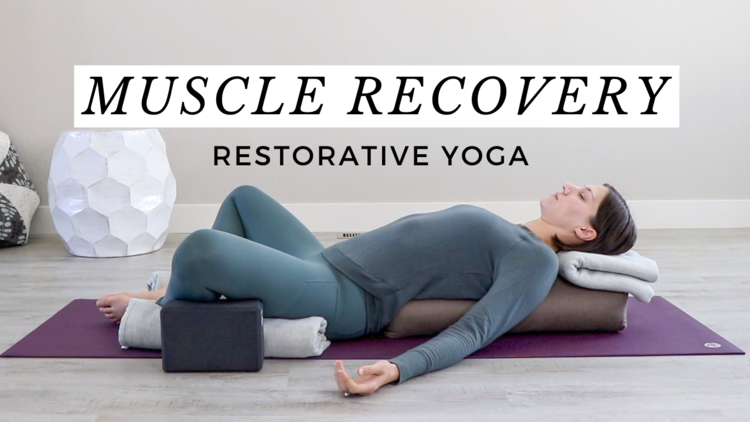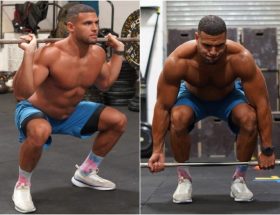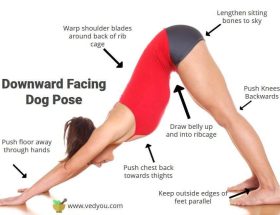After a vigorous workout, your muscles need time to repair and recover. This is where restorative yoga comes in. Unlike more intense forms of yoga, such as power yoga or hot yoga, restorative yoga focuses on relaxation and rejuvenation. By practicing restorative yoga after your workouts, you can speed up the recovery process, reduce muscle soreness, and prevent injury.
What is Restorative Yoga?
Restorative yoga is a form of yoga that involves holding gentle poses for an extended period of time. During these poses, you use props such as bolsters, blankets, and blocks to support your body and allow for deep relaxation. The goal of restorative yoga is to activate the parasympathetic nervous system, which helps the body rest and digest, leading to a state of deep relaxation and healing.
The Benefits of Restorative Yoga After Workouts
1. Promotes muscle recovery: Restorative yoga helps increase blood flow to the muscles, aiding in the removal of waste products and speeding up the healing process.
2. Reduces muscle soreness: By stretching and relaxing the muscles, restorative yoga can help alleviate muscle soreness and stiffness after intense workouts.
3. Enhances flexibility: Holding gentle poses in restorative yoga can help improve flexibility and range of motion in the muscles and joints.
4. Relieves stress and anxiety: The deep relaxation techniques used in restorative yoga can help reduce stress levels and promote mental well-being after a tough workout.
How to Practice Restorative Yoga After Workouts
1. Start with a gentle warm-up: Before beginning your restorative yoga practice, take a few minutes to gently warm up your body with some gentle stretches or a few rounds of sun salutations.
2. Choose your poses: Select a few restorative yoga poses that target the areas of your body that feel tight or sore after your workout. Some popular poses include supported child’s pose, reclining bound angle pose, and legs up the wall pose.
3. Use props: Make sure to have plenty of props on hand, such as bolsters, blankets, and blocks, to support your body in each pose and ensure maximum relaxation.
4. Hold each pose for at least 3-5 minutes: To fully relax and allow your body to recover, hold each restorative yoga pose for a minimum of 3-5 minutes, focusing on deep breathing and releasing tension.
5. Finish with savasana: After completing your restorative yoga practice, finish with savasana, or corpse pose, to fully relax the body and mind and integrate the benefits of your practice.
Incorporating Restorative Yoga Into Your Fitness Routine
Adding restorative yoga to your post-workout routine can be an effective way to enhance your recovery and overall well-being. Whether you’re a beginner or a seasoned athlete, incorporating restorative yoga into your fitness routine can help you recover faster, reduce the risk of injury, and improve your performance in the long run.
Start incorporating restorative yoga into your fitness routine today and experience the benefits for yourself!







